Born in St. Andrews, New Brunswick, the Black Canadian-American artist Edward Mitchell Bannister (1828–1901) was among the foremost painters in Rhode Island in the late nineteenth century. He produced River Scene at the height of his career, after winning a first prize medal for painting at the Centennial Exposition in Philadelphia in 1876. This made him the first artist of African descent to win a major art prize in North America.
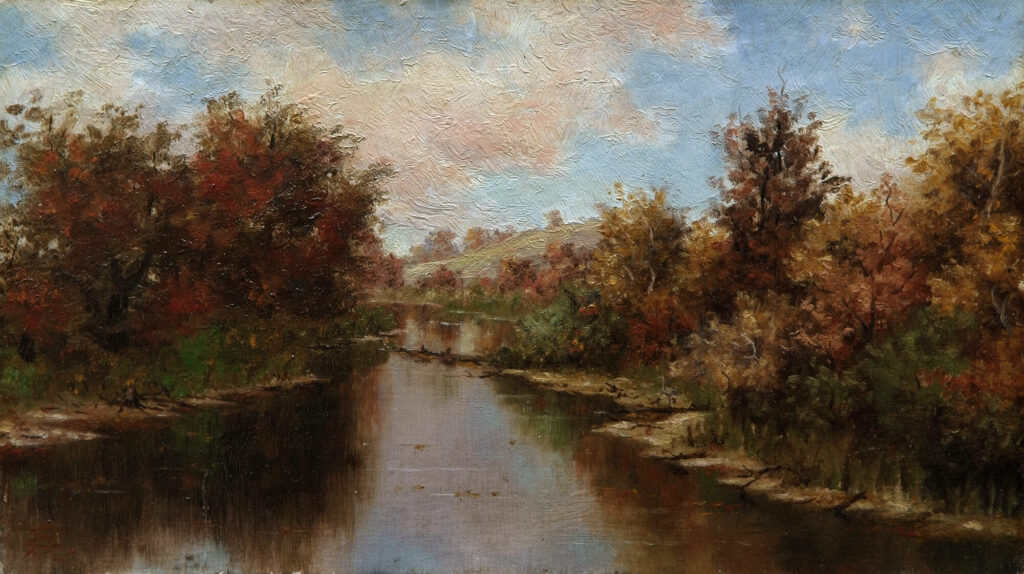
Oil on canvas, 20.3 x 35.3 cm, Art Gallery of Nova Scotia, Halifax.
Courtesy of the Art Gallery of Nova Scotia. Photograph by RAW Photography.
River Scene positions us in the centre of a placid river bordered by autumn trees. Their shimmering red and golden leaves are composed of lively dabs of paint, prefiguring Bannister’s Impressionist paintings of the 1890s. In the middle ground, a wooden log lying in the water blocks the path ahead, delineating the boundary between familiar and untraversed wilderness. River Scene may be based on one of the many drawings that Bannister made during sketching trips on his yacht, which he purchased in the early 1880s.
Although Bannister’s work is well represented in the collections of notable American institutions, River Scene is only one of two paintings by the distinguished artist in a public Canadian art collection. It was acquired by the Art Gallery of Nova Scotia in 2006 under the direction of then Associate Curator David Woods. A leading scholar on Bannister’s life and work, Woods is curating a major exhibition on the artist at the Owens Art Gallery, Mount Allison University, in Sackville, New Brunswick, in 2023. The show will offer an unprecedented look at Bannister’s early life in St. Andrews, before he moved to Boston around 1854.
To learn more about this artist, see the ACI’s online exhibition Artist and Abolitionist: The Gound-breaking Black Canadian Painter Edward Mitchell Bannister.
 The Weight of Absence
The Weight of Absence
 Abstract Alberta
Abstract Alberta
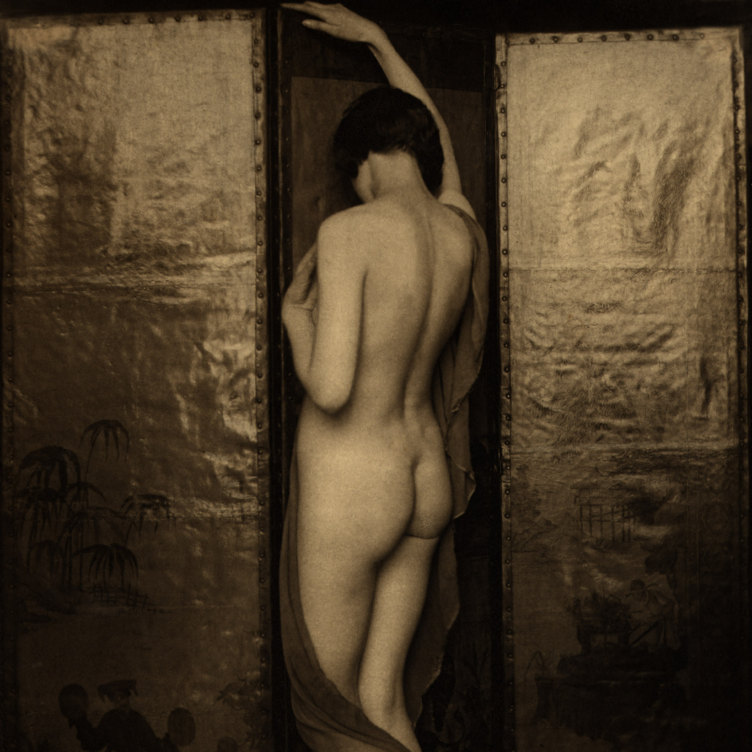 The Art of the Body
The Art of the Body
 Rococo Riff
Rococo Riff
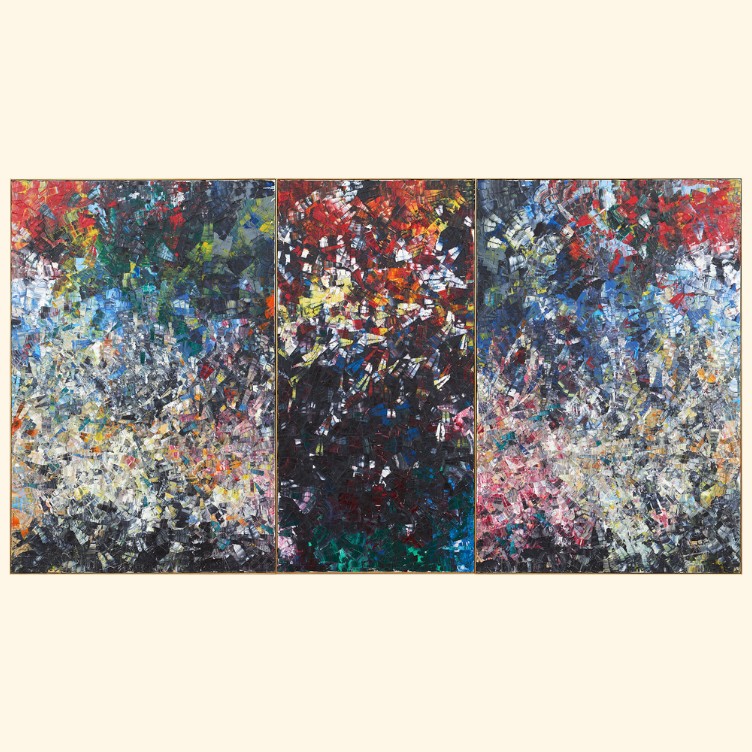 In Memory of Monet
In Memory of Monet
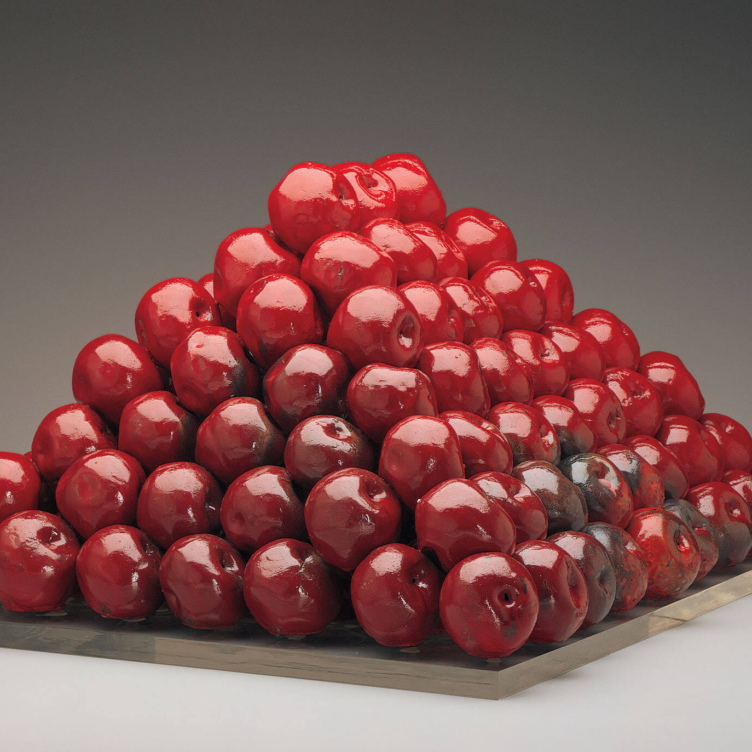 Pyramid Scheme
Pyramid Scheme
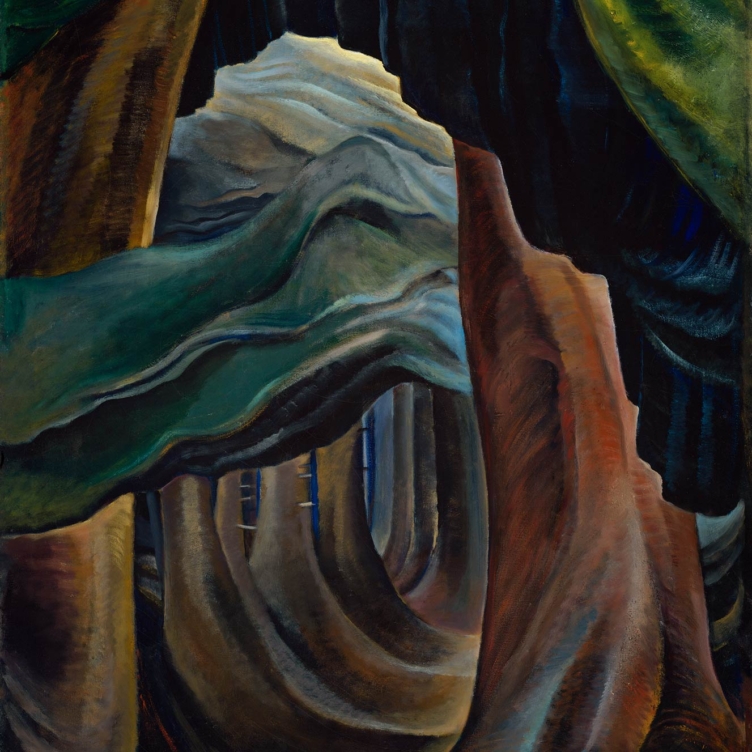 Transportive Trunks
Transportive Trunks
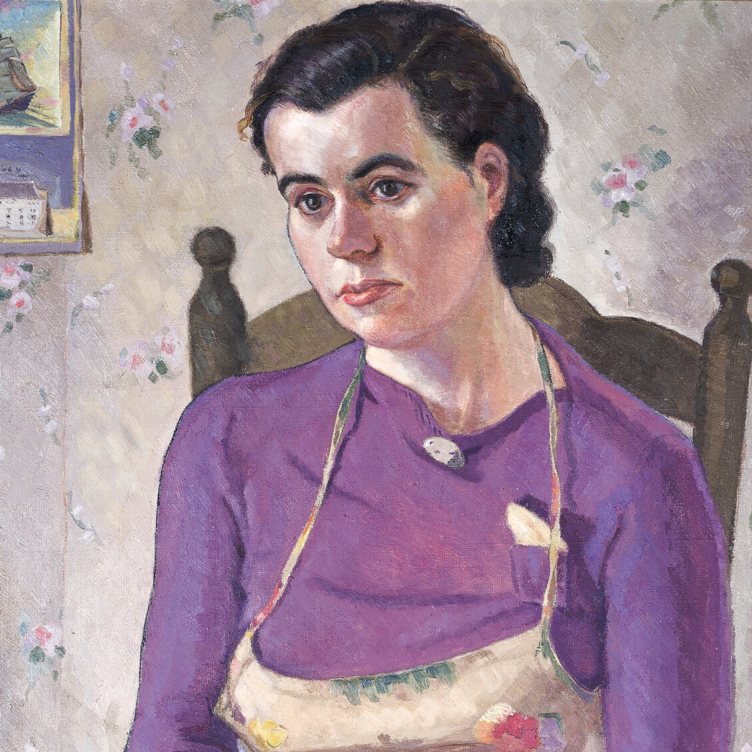 The Military Mate
The Military Mate
 Looking Up on the World
Looking Up on the World
 Vessel of Despair
Vessel of Despair
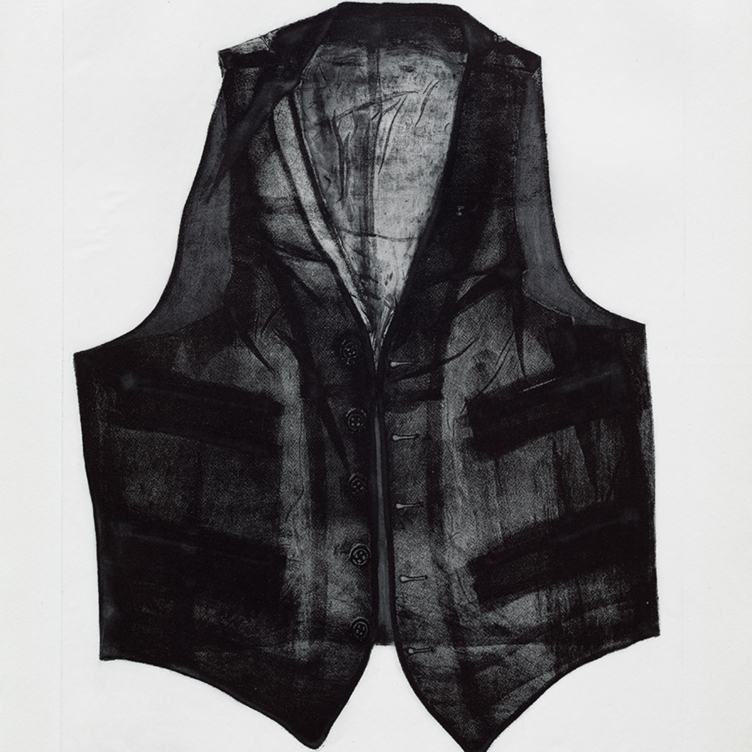 Layers of Meaning
Layers of Meaning
 In Parallel to Nature
In Parallel to Nature
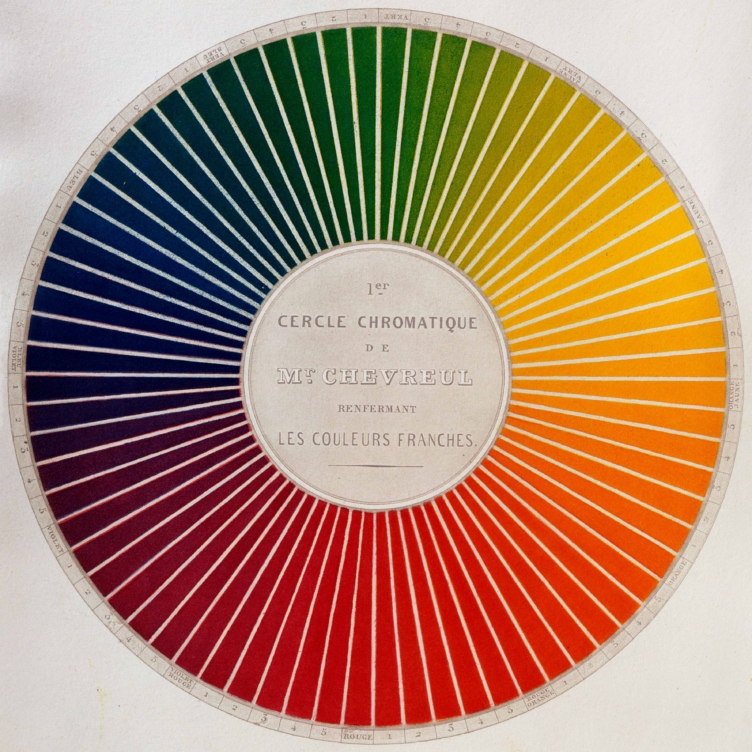 Wheel of Fortune
Wheel of Fortune
 Paintings after emotional states
Paintings after emotional states
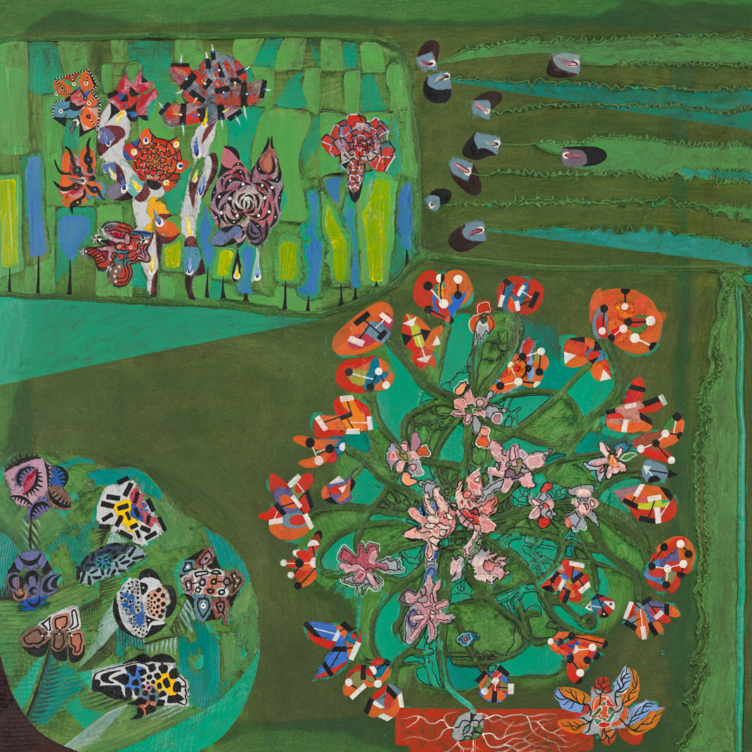 Garden of Delight
Garden of Delight
 Stitching the Archives
Stitching the Archives
 A Working-Class Hero
A Working-Class Hero
 Imagining Entangled Futures
Imagining Entangled Futures
 Bridging Far and Near
Bridging Far and Near
 Soft Power
Soft Power